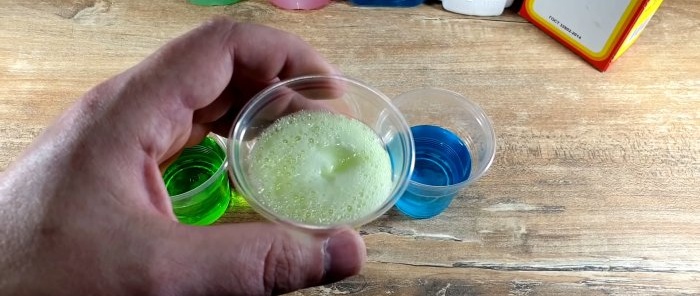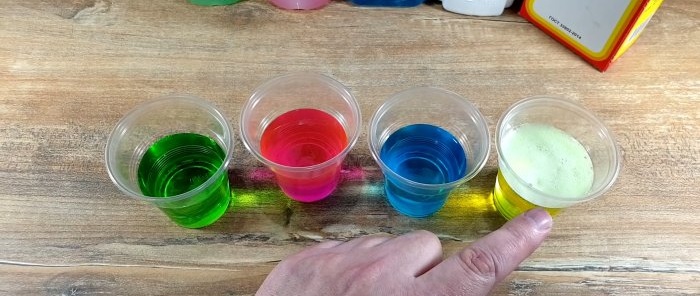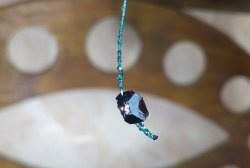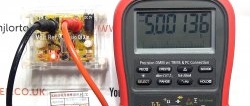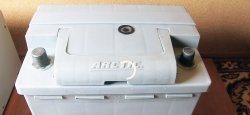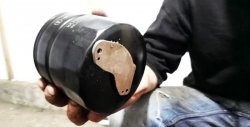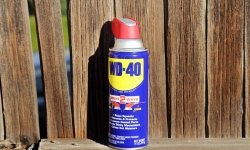This method of determining the quality of automobile coolants has been known for a long time, but many car owners know almost nothing about it and resort to complex procedures using boiling, freezing or burning, some of which are simply impossible to do at home.
The proposed method is simple, easy to implement and, importantly, absolutely clear and unambiguous. The fake immediately reveals itself and therefore will not get into the cooling system of your car, which will save it from rapid destruction and high restoration costs.
How to check the quality of antifreeze or antifreeze at home
To implement it you will need ordinary baking soda and a spoon. We pour the tested coolant into a plastic disposable cup, which can be either antifreeze or antifreeze, produced on the basis of either propylene glycol or ethylene glycol. These are the simplest alcohols that prevent the coolant from freezing at temperatures from -20 to -30 degrees Celsius.
But some careless sellers add acid to distilled water instead of propylene glycol or ethylene glycol, tinting it with appropriate dyes. This liquid also does not freeze at temperatures from -20 to -30 degrees Celsius, but the cost of such a product is 3-4 times cheaper than antifreeze or antifreeze based on propylene glycol and ethylene glycol.
Such a liquid, prepared on the basis of acid, and poured into the car, after a short time will begin to destroy the block, cylinder head, head gasket, pump, pipes, cooling radiator, etc.
To check coolants for naturalness and quality, we need ordinary baking soda and a tablespoon. It is enough to pour a small amount of baking soda into a disposable plastic transparent cup with the liquid being tested and everything will immediately appear.
If the antifreeze is natural, then a pinch of baking soda will immediately precipitate and will lie on the bottom indefinitely without any interaction with the liquid being tested, since neither propylene glycol nor ethylene glycol reacts with baking soda.
A completely different picture will be observed if soda gets into the acid-based liquid. It will immediately react violently with the acid, forming foam on the surface and releasing gas, which will escape from the cup with a noticeable hiss. Moreover, there will be no sediment at the bottom of the glass, since the soda will completely react with the acid.



